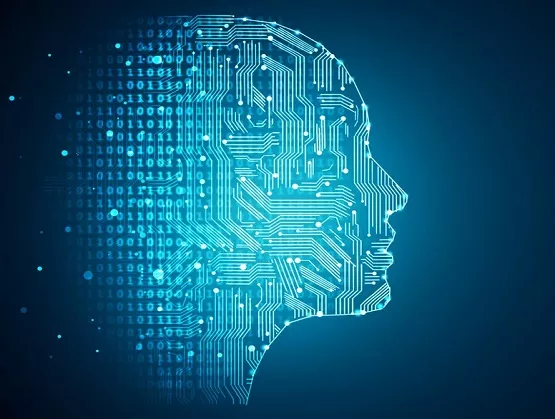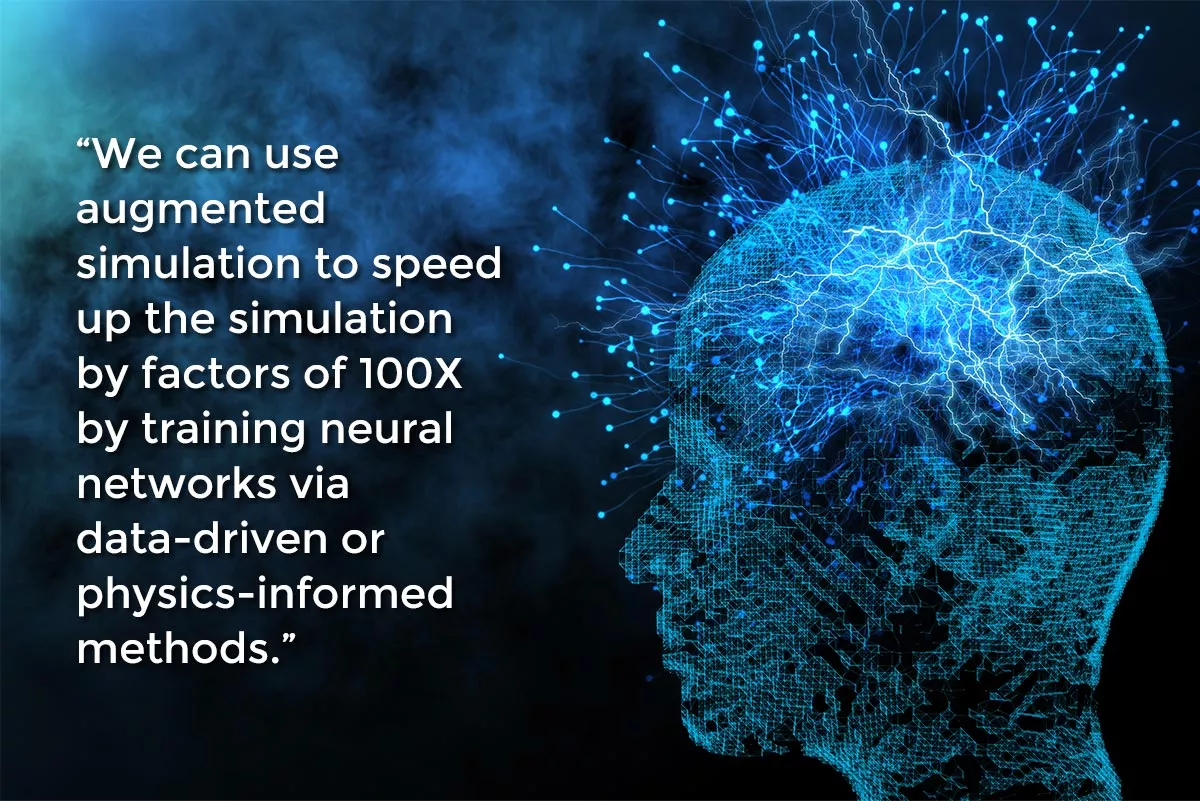
Over the past 50 years, the field of engineering simulation has developed numerical methods that enable engineers to solve 3D physics problems faster, easier, with greater accuracy and more robust results. Finite element analysis (FEA), finite volume methods (FVM) and finite different time domain (FDTD) have increased solver efficiency while dynamic visualization techniques improve what is often called user-friendliness.
Despite these improvements, certain challenges still remain. Specifically, simulation requires the simultaneous trade-off of:
- Accuracy of results
- Speed of results
- Ease of use of the workflow
- Robustness of the workflow
Take, for example, mesh generation, the building block of multiphysics solutions. It is well known that using coarser meshes increases simulation speed but will result in loss of accuracy. Similarly, easy-to-use workflows with simpler meshes also reduce accuracy, and can introduce other issues: The simulation may not converge and the robustness fails.
Ansys is exploring the use of AI/ML to solve all of these problems.
Simultaneous Improvements
Commercialization of AI began in the 1970s, but the field actually got its start a decade earlier with the development of rules-based expert systems. The simplest form of AI, these systems rely on curated human expertise to solve problems that would normally require human intelligence.
 We’d expect that AI/ML applications would be actively used in science and medicine, from streamlining drug discovery and advancing robot-assisted surgery to automating medical records that can be instantaneously accessed by providers anywhere in the world. But AI/ML is rapidly being successfully adopted by an increasingly broad range of industries and users. It’s helping consumer brands mine their social media to find out customers’ feel about their products (sentiment analysis), giving investors a leg up on stock trade opportunities (financial algorithmic trading) and enabling e-commerce owners to personalize offerings to online shoppers (recommendation engines).
We’d expect that AI/ML applications would be actively used in science and medicine, from streamlining drug discovery and advancing robot-assisted surgery to automating medical records that can be instantaneously accessed by providers anywhere in the world. But AI/ML is rapidly being successfully adopted by an increasingly broad range of industries and users. It’s helping consumer brands mine their social media to find out customers’ feel about their products (sentiment analysis), giving investors a leg up on stock trade opportunities (financial algorithmic trading) and enabling e-commerce owners to personalize offerings to online shoppers (recommendation engines).
At Ansys, we can use AI/ML methods to automatically find the parameters of simulation to simultaneously improve speed and accuracy.
We believe applying AI/ML will enable us to:
- Further improve customer productivity
- Augment simulation, including accelerating chip thermal solutions and developing a fluids solver that combines high-fidelity solutions in local regions with ML methods in coarse regions
- Optimize design space exploration
- Drive business-intelligence decisions such as resource-prediction needs for our solvers
- Combine data analytics-based and simulation-based digital twins to create accurate and fast digital twin hybrids
In other words, we believe that AI/ML will help us narrow the gap between the ideal world, where time, effort, efficiency and results are perfectly balanced, and what happens in real life – and make productivity, ease of use, and accuracy a little less of a trade-off.
To learn more about applying AI/ML to autonomy, click here.
Prith Banerjee is Chief Technical Officer at Ansys, Inc.